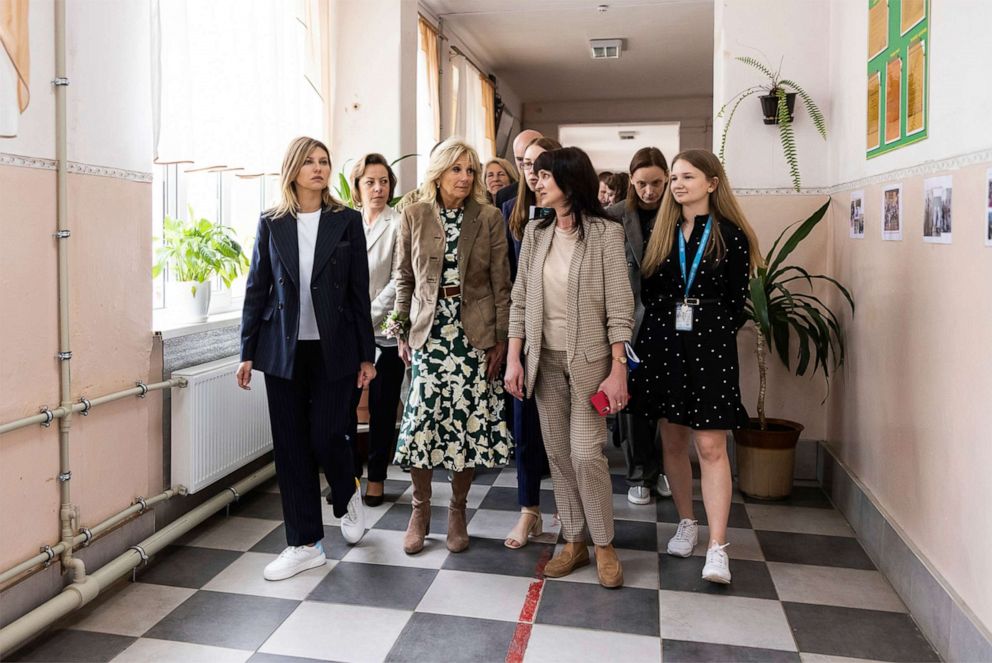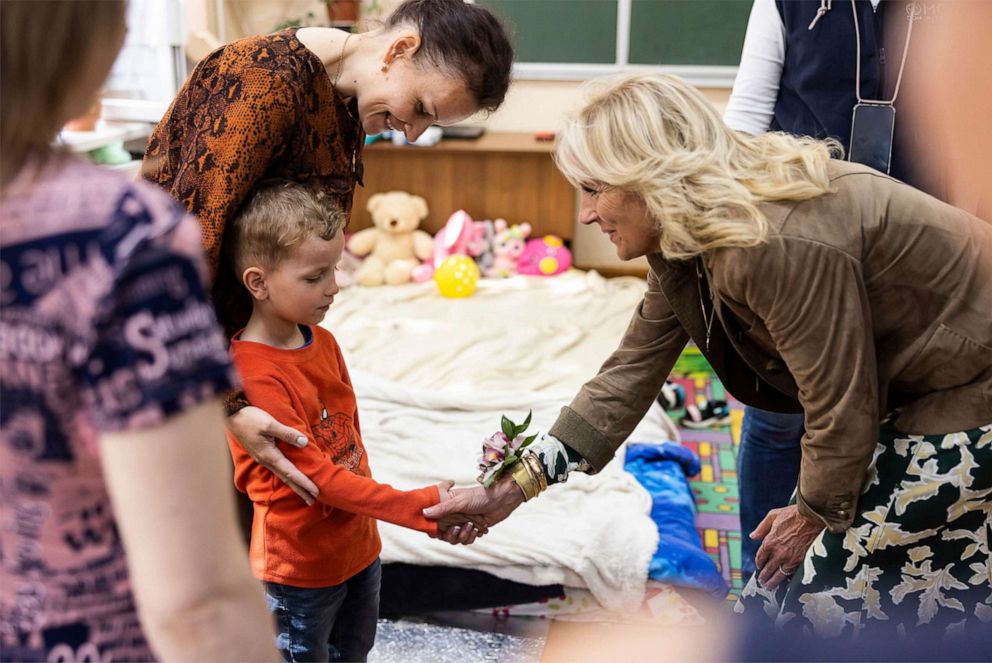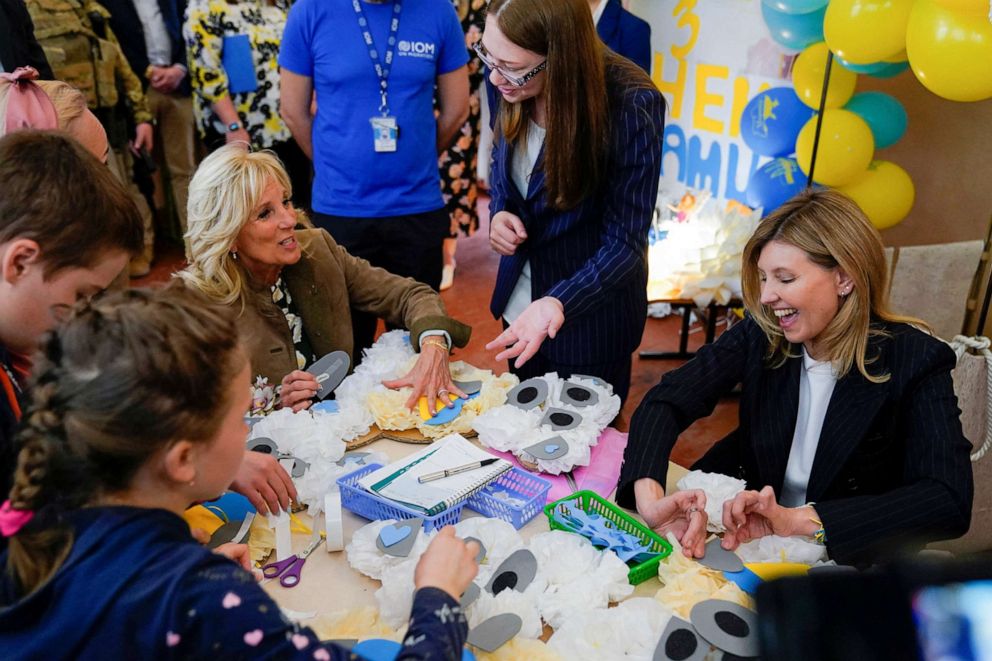How the Secret Service got Jill Biden to Ukraine: ANALYSIS
First lady Jill Biden made a surprise visit to western Ukraine on Mother's Day.
First lady Jill Biden made news when she conducted an unannounced visit to western Ukraine on Sunday. The first lady traveled by vehicle to the town of Uzhhorod, which was about a 10-minute drive from the Slovakian border, and spent about two hours in Ukraine.
Considering that the entire nation is gripped in a war with Russia, and the United States had pulled out its diplomatic staff, closed its Embassy and has no real resources in the country, this type of a visit is difficult and dangerous.
Since it began protecting presidents, the United States Secret Service has escorted the president and other high-ranking government officials into war zones, disaster areas and places in extreme distress. Whether during World War II with President Franklin Delano Roosevelt visiting troops on the front lines of battle, bringing President Lyndon B. Johnson to Vietnam during the war, or both President George W. Bush and Barack Obama’s trips to Iraq and Afghanistan, despite the overwhelming security risks, the Secret Service has always managed to make these trips happen and keep the protectees safe.

This all starts with planning and the Secret Service advance process. Any trip a Secret Service protectee embarks on, domestic or overseas, begins with the advance. In the case of the first lady, this likely included close coordination between the Secret Service and White House staff to determine the destination, scope and duration of any visit. Once those decisions are made, the security planning begins and often includes counterparts from different federal and state agencies.
In the case of a foreign advance, where neither the Secret Service nor the U.S. government has any real authority, a liaison is established with the host country's security forces via the Secret Service offices located in that geographic area, and the U.S. State Department and its Diplomatic Security Services (DSS) Regional Security Offices. Depending on the nature of the visit, the host country is typically notified via diplomatic notice of the impending visit of a United States dignitary.

In cases where the nature of the visit has real security concerns, such as in a war zone, that notification is typically made at the highest levels, specifically the ambassador. The visit information is typically closely held so that the dissemination of any information that may be advantageous to an adversary is minimized. This includes the use of secure communication methods between the White House, State Department and Secret Service.
One of the overriding security and logistics concerns for these types of visits is the ability to tap into or transport in U.S. military and Secret Service assets to support the visit. In places where the U.S. military has a presence or can operate, the support and logistics are made easier. In the case of a location where neither of those resources is available -- as is the case in Ukraine, the Secret Service must work with the local security forces and make decisions about what level of support they can provide and what, if any, Secret Service support they will permit.

Often these visits use elements of clandestine operations in order to preserve the protective methodology the Secret Service uses to transport the protectee to the location and specific locations of the visit. These clandestine methods include "covers for action" and diversions for, in this case, the first lady’s schedule and movements, as well as for the Agents and military assets assigned to support the visit. These assets may include vehicles, extra personnel, communications gear and robust tactical units such as the Secret Service Counter Assault Team (CAT), DSS Mobile Security Deployment (MSD) and U.S. Military Special Operations.
All of this is to ensure that both the Secret Service and host nation can secure a safe visit for the protectee and that any adversaries' ability to compromise the methods used for creating that visit remain classified.
Donald J. Mihalek is an ABC News contributor, retired senior Secret Service agent and regional field training instructor who served during two presidential transitions. He was also a police officer and in the U.S. Coast Guard.




